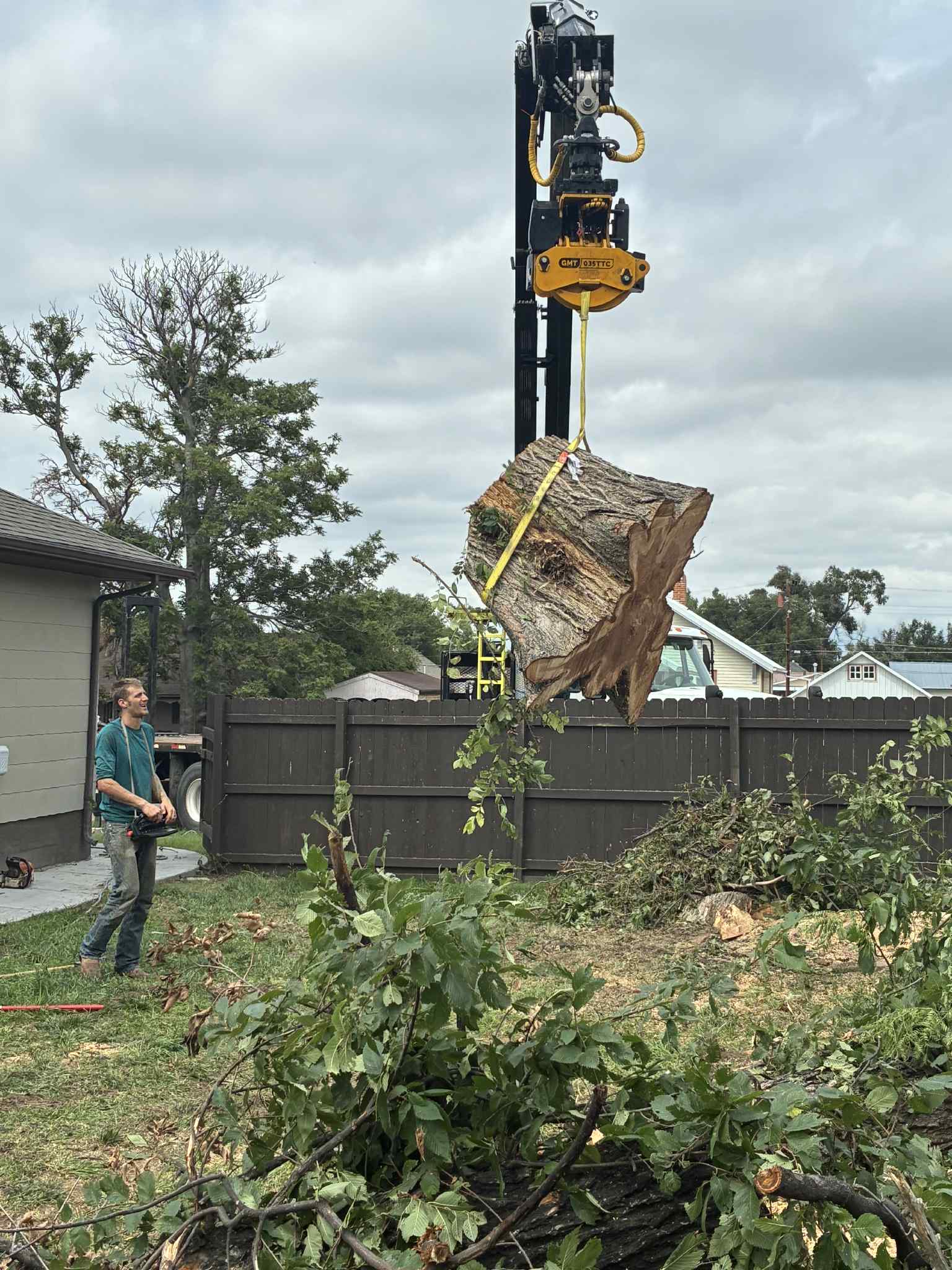
Storm-Proofing: How to Prepare Your Trees for Extreme Weather Nov 19, 2025
Understanding the types of weather challenges trees face is crucial. Storms bring heavy rain, strong winds, lightning, and sometimes even hail—all of which can damage or uproot unprepared trees. The first step in storm-proofing is to have your trees inspected regularly by a professional tree service. An experienced arborist can identify potential weaknesses such as diseased branches or structural instability. By addressing these issues early, you can prevent them from worsening during a storm.
Pruning is an essential practice in maintaining tree health and safety. Removing dead or overgrown branches reduces wind resistance and allows the tree's structure to withstand gusty conditions. Proper pruning not only helps in managing the tree's shape and strength but also increases airflow through the canopy, which reduces the risk of branches breaking during storms. However, incorrect pruning can cause more harm than good, so it is recommended to rely on professional services like SMH Tree Service for this task.
In cases where trees are in poor condition, cabling and bracing provide additional support. These techniques reinforce weak branches or trunks, reducing the likelihood of sudden breaks during adverse weather. Cabling and bracing are typically used as supplementary measures when traditional pruning is insufficient to secure the tree. They require periodic inspection to ensure they remain effective, making professional intervention imperative.
Another critical factor to consider is the root system. Strong roots anchor a tree, providing stability during extreme conditions. To support healthy root growth, ensure that trees are not over-watered and that soil compaction is minimized. Mulching around the base of a tree not only conserves moisture but also protects roots from temperature fluctuations. By paying attention to the health of the soil and roots, you lay a strong foundation for storm resilience.
In addition to individual tree maintenance, it's vital to assess the entire landscape. Consider the proximity of trees to structures, power lines, and other trees. When trees are too close to buildings, their branches can cause significant damage during storms. Regularly evaluating the layout of your property can help identify strategic areas for planting new trees or removing potential hazards.
After a storm, promptly assess any damage your trees may have sustained. Look for signs of stress, such as splits in the bark or leaning trunks. Damage observed early can often be managed with interventions from a professional tree service, preventing future problems.
In conclusion, preparing your trees for extreme weather involves a combination of regular inspection, proper pruning, soil management, and strategic planning. By taking these steps, you can significantly reduce the risks posed by severe storms and preserve the health and beauty of your trees. At SMH Tree Service, we are dedicated to helping you protect your investment and ensure your landscape remains safe and thriving, no matter the weather.
/filters:no_upscale()/media/c0debed0-e221-401d-8258-17350681bfe5.png)
/filters:no_upscale()/filters:format(webp)/media/38a2dae0-8e9d-4ea4-98e8-6cbcffebdba4.jpeg)